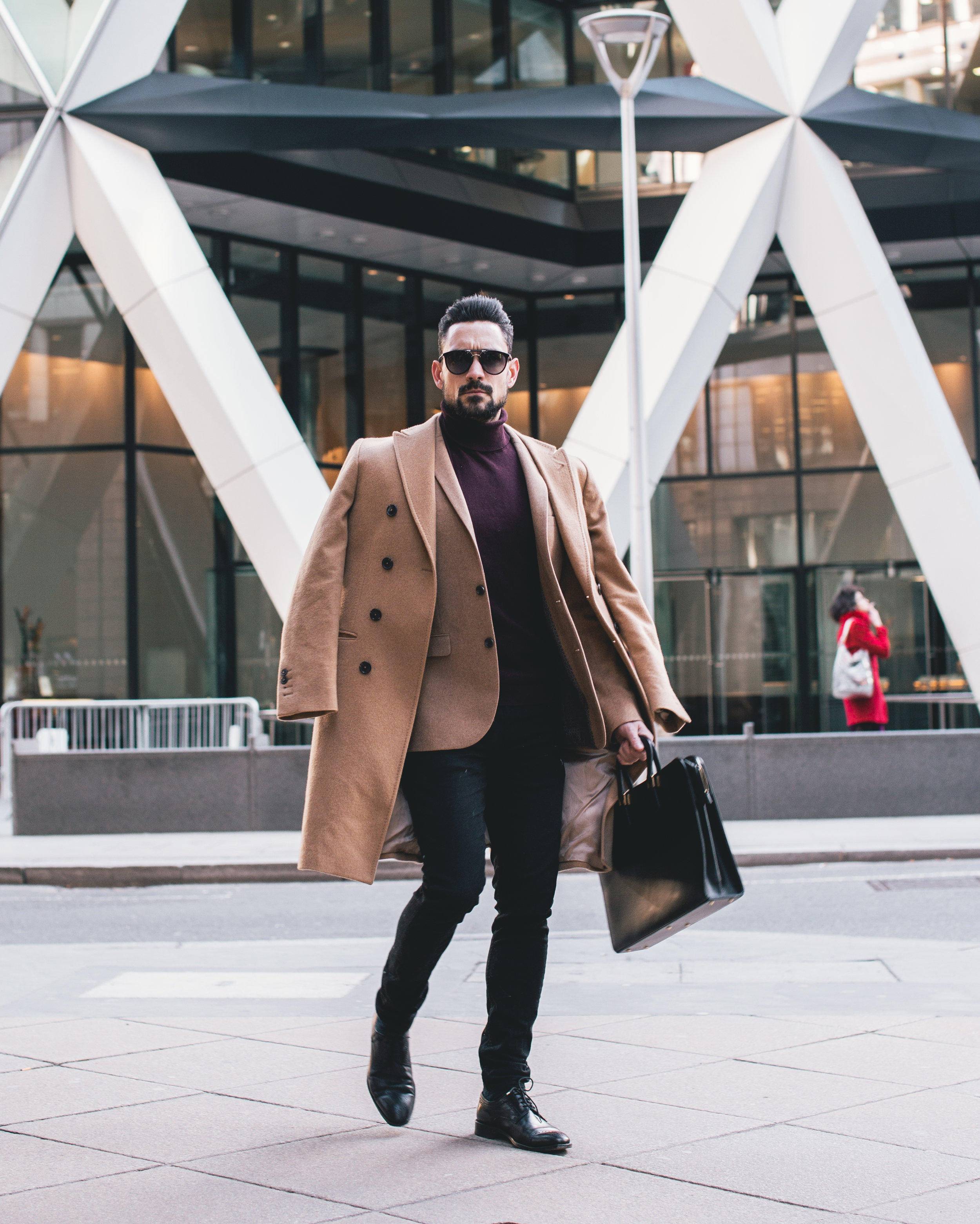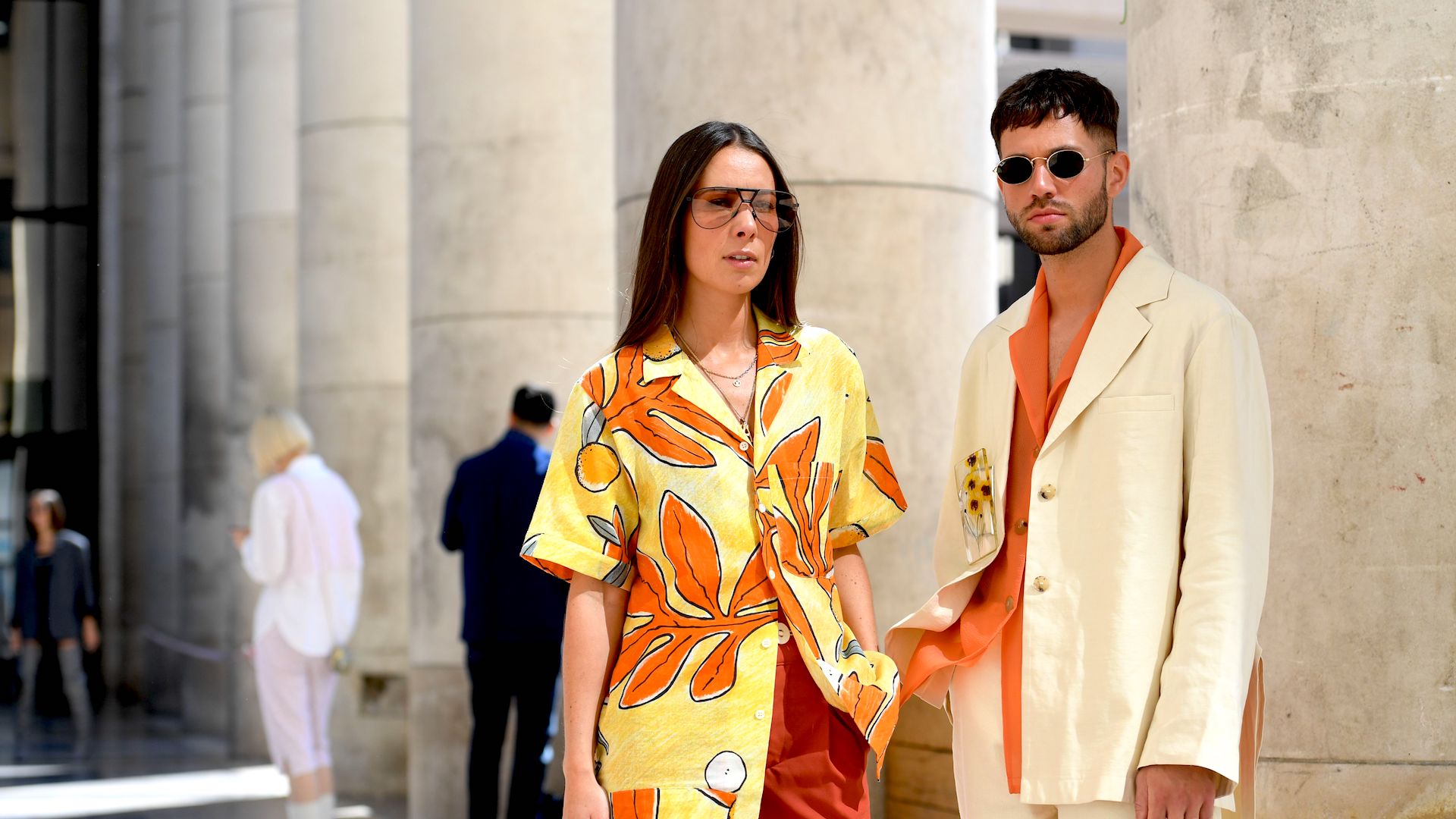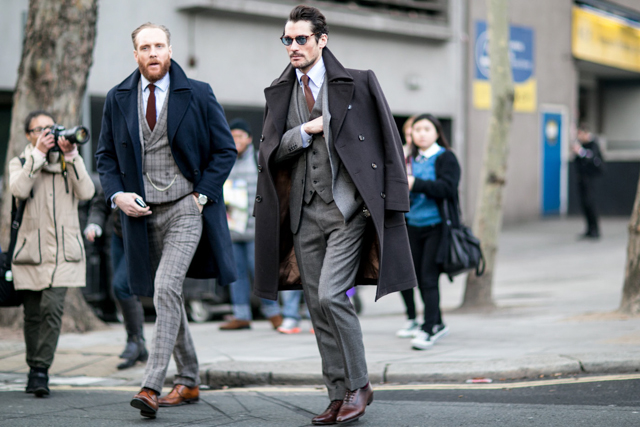K-POP Fashion, Uncategorized
Male Street Wear A Comprehensive Guide to the Global Style Phenomenon
Street wear, once a niche subculture, has evolved into a global fashion phenomenon that has captivated the hearts and minds of style-conscious individuals worldwide. At the forefront of this movement, male street wear has emerged as an influential force, defining trends, breaking boundaries, and inspiring a generation of urban fashion enthusiasts. This comprehensive guide delves into the intricate world of male street wear, exploring its origins, key elements, and cultural significance.
Historical Roots and Influences

The roots of male street wear can be traced back to the 1970s in hip-hop culture. The early pioneers of this style, including Run-DMC, LL Cool J, and Public Enemy, popularized baggy clothing, sneakers, and accessories that reflected the urban lifestyle. These foundational pieces became the building blocks of a distinct fashion aesthetic that transcended racial and socioeconomic boundaries.
Hip-Hop’s Influence on Male Street Wear
Hip-hop’s influence on street wear continued through the 1980s and 1990s, as new generations of artists and fashion designers pushed the boundaries of the genre. Leading brands such as Fubu, Phat Farm, and Karl Kani emerged as stalwarts of the street wear scene, establishing a global presence and inspiring countless imitators. With their bold logos, oversized silhouettes, and vibrant color palettes, these brands became synonymous with the street wear aesthetic and paved the way for future trends.
Hip-hop artists also played a significant role in popularizing specific items of clothing and accessories. For example, LL Cool J’s iconic Kangol hats and Adidas tracksuits were quickly adopted by fans worldwide, becoming essential elements of male street wear. Similarly, Run-DMC’s love for Adidas Superstar sneakers caused a surge in sales, cementing the brand’s status as a street wear staple.

The Influence of Skateboarding and Graffiti Cultures
In the 2000s, male street wear experienced a resurgence, fueled by the rise of skateboarding and graffiti cultures. Skateboarders and graffiti artists brought their unique styles to the fashion world, incorporating loose-fitting clothing, bold graphics, and functional design elements. As these subcultures gained mainstream popularity, their influence on street wear became undeniable.
Skateboarding culture, with its focus on practicality and comfort, introduced baggy jeans, oversized t-shirts, and beanies into the street wear landscape. Graffiti culture, on the other hand, brought in vibrant colors, bold prints, and edgy designs, adding a rebellious and artistic touch to the aesthetic. Together, these influences resulted in a fusion of urban street style and laid-back skater vibes, creating a distinct and versatile look that appealed to a wide audience.
Key Elements of Male Street Wear

While male street wear has evolved over the years, there are key elements that remain constant and define the genre. These elements not only make up the foundation of the style but also serve as a way for individuals to express their individuality and cultural identity.
Oversized Silhouettes
One of the most recognizable features of male street wear is the oversized silhouettes. This style, which originated from hip-hop culture, is characterized by loose-fitting or baggy clothing that offers both comfort and a nonchalant attitude. Oversized t-shirts, hoodies, and sweatshirts are all staples of male street wear, often adorned with bold logos or graphics.
Aside from tops, bottoms such as jeans and cargo pants also follow the oversized trend, providing ample room for movement and creating a relaxed yet stylish look. The oversized silhouette is an essential element of male street wear, giving it a distinct and effortless vibe.
Bold Logos and Graphics
The use of bold logos and graphics is another key element that sets male street wear apart from other styles. Inspired by hip-hop and skateboarding cultures, street wear often features large and eye-catching logos or graphic designs on t-shirts, hoodies, and even accessories.
These logos and graphics not only add to the aesthetic appeal but also serve as a way for individuals to show their support for their favorite brands or artists. Brands like Supreme and Stussy have become synonymous with street wear due to their iconic and easily recognizable logos, which are proudly displayed by fashion-forward individuals worldwide.
Functional Design Elements
Practicality and functionality are at the core of male street wear, making it a suitable choice for everyday wear. Inspired by skateboarding culture, street wear incorporates practical design elements such as pockets, zippers, and drawstrings, adding both functionality and style to clothing pieces.
Cargo pants, for example, feature multiple pockets for storage and convenience, while hoodies and jackets often have zippers or drawstrings to adjust the fit and add a touch of edginess. These design elements not only make the clothing more versatile but also contribute to the overall street wear aesthetic.
Cultural Significance of Male Street Wear

Beyond its fashion impact, male street wear holds cultural significance and serves as a form of self-expression for individuals. It has become a way for people to represent their subcultures, beliefs, and identities through their personal style.
Hip-hop culture, for instance, has always been about self-expression and empowerment, and male street wear emerged as an extension of this mindset. By adopting the style, individuals were able to showcase their love for the music and culture, breaking away from traditional fashion norms and embracing their uniqueness.
Similarly, the rise of skateboarding and graffiti cultures saw individuals using street wear as a canvas for their creativity and individuality. Graffiti artists would incorporate their art into their clothing, while skateboarders would customize their outfits with unique accessories and graphics. Street wear became a medium for self-expression and rebellion against mainstream fashion.
The Global Phenomenon of Male Street Wear
Male street wear’s popularity has transcended borders and cultures, making it a global phenomenon. From Tokyo to Paris, London to New York, street wear has become a staple in the fashion scenes of major cities worldwide. Its versatility, accessibility, and cultural significance have contributed to its widespread appeal.
Celebrities and Influencers
In recent years, the rise of social media has played a significant role in the global reach of male street wear. Celebrities and influencers have taken to platforms like Instagram to showcase their street style, influencing their millions of followers and creating demand for specific pieces and trends.
Rappers and hip-hop artists, such as Kanye West and A$AP Rocky, are known for their bold and innovative street style, often influencing fashion trends and collaborating with street wear brands. Similarly, influencers like Virgil Abloh and Jerry Lorenzo have made waves in the industry, using their platforms to introduce new street wear brands and styles to the masses.
Collaborations and Limited Edition Drops
Collaborations between street wear brands and other industries, such as music, sports, and art, have also contributed to the global appeal of male street wear. These collaborations often result in highly anticipated limited edition drops, causing a frenzy among fans and collectors.
In 2017, Supreme collaborated with luxury brand Louis Vuitton for a limited edition collection, merging high fashion with street wear and breaking sales records. Collaborations such as this not only bring street wear to a wider audience but also solidify its place in the fashion world.
Top Male Street Wear Brands
With the rise of male street wear, numerous brands have emerged, each offering their unique take on the genre. Below are some of the top male street wear brands that have influenced and shaped the style over the years.
Supreme
Founded in 1994, Supreme has become a household name in the world of street wear. With its iconic red and white logo, limited edition drops, and collaborations with major brands, Supreme has solidified its status as a trendsetter in the industry. Originally a skateboarding brand, Supreme has expanded to include a range of clothing, accessories, and even home goods.
Stussy
Another pioneer in the street wear scene, Stussy was founded in 1980 in California. The brand’s bold and recognizable logo and its association with surfing and skateboarding culture have contributed to its global success. Stussy’s colorful and playful designs have made it a favorite among street wear enthusiasts worldwide.
Off-White
Launched in 2013 by Virgil Abloh, Off-White has quickly become one of the most sought-after street wear brands. Known for its use of bold graphics, slogans, and industrial-inspired designs, Off-White has gained a massive following and collaborated with brands like Nike and Ikea. The brand’s popularity among celebrities and influencers has also contributed to its global reach.

The Future of Male Street Wear
As male street wear continues to evolve, it is evident that it has no intention of slowing down. The genre has become a way of life for many individuals, and its cultural significance and versatility ensure its place in the fashion world for years to come.
With sustainability and ethical practices gaining importance in the industry, street wear brands are also incorporating these values into their production and design processes. Collaboration between different industries is also on the rise, resulting in unique and innovative designs.
The growth of online retail and social media has also made street wear more accessible to individuals worldwide, increasing its reach and influence. As the genre continues to push boundaries and inspire new trends, the future of male street wear looks bright and promising.
Conclusion
Male street wear has come a long way since its humble beginnings in hip-hop culture. Its evolution and global reach have made it a significant force in the fashion world, influencing trends and inspiring individuals to embrace their uniqueness. With its key elements of oversized silhouettes, bold logos and graphics, and practical design elements, male street wear continues to push boundaries and break barriers, remaining at the forefront of global style trends.
